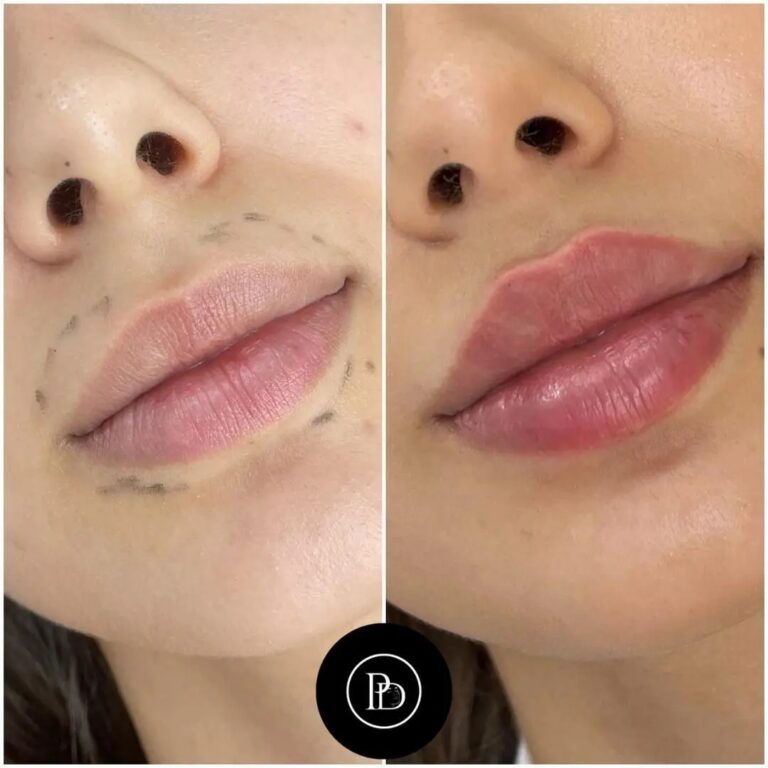Hard seltzer has rapidly become a staple among health-conscious drinkers, offering a light, refreshing alternative to traditional alcoholic beverages. It combines sparkling water, alcohol, and natural flavors—typically with low calories, gluten-free ingredients, and a mild buzz. This makes it especially appealing to millennials and Gen Z, who prioritize moderation, wellness, and authenticity in their choices.
According to Marketintelo, “The global Hard Seltzer Market size was valued at approximately USD 10 billion in 2024 and is projected to reach USD 30 billion by 2032, growing at a compound annual growth rate (CAGR) of 12.5% during the forecast period 2024–2032.”
Read Full Research Study – https://marketintelo.com/report/hard-seltzer-market
A Look at the Numbers
Multiple research sources underscore the segment’s robust expansion. Estimates for the 2024 market size range between USD 7.9 billion and USD 18.5 billion, depending on the methodology used. Long-term projections forecast figures as high as USD 72 billion by 2034. Despite differing baselines, the data consistently shows strong forward momentum and growing consumer demand.
This surge is largely fueled by shifting preferences away from high-calorie, sugar-rich alcohol options toward lighter, more transparent beverages. As consumers increasingly seek better-for-you alternatives, hard seltzer has emerged as a natural choice.
Regional Highlights and Emerging Dynamics
As per Dataintelo’s analysis, “The regional distribution of the Hard Seltzer Market reflects varying consumer preferences, market shares, and growth rates. For instance, Europe accounted for approximately 5–6% of the market share in 2024, generating close to USD 1 billion.”
Read Full Research Study – https://dataintelo.com/report/global-hard-seltzer-market
North America continues to dominate the category, accounting for over 80% of global revenue in 2024. This is primarily driven by high product awareness, well-established retail channels, and strong brand competition. Europe, although holding a smaller market share, is experiencing rapid growth—particularly in countries like the UK, Germany, and France—where demand for wellness-oriented alcoholic beverages is rising.
Meanwhile, the Asia-Pacific region presents significant untapped potential. Increasing urbanization, changing lifestyle patterns, and rising disposable incomes are creating fertile ground for new entrants and product localization efforts.
Key Segments Shaping the Category
Alcohol Content
Products in the 5–6.9% ABV range currently dominate the landscape. These beverages offer a balance between lightness and alcohol satisfaction, which resonates with casual drinkers. However, low-ABV offerings—between 1–4.9%—are gaining attention among those seeking even more moderation. These variants cater to wellness-conscious consumers looking for reduced alcohol consumption without sacrificing taste or social experience.
Flavor Innovation
Flavored hard seltzers account for the majority of the market, with fruit-forward options like lime, mango, and black cherry leading the way. Brands continue to push innovation by releasing seasonal, botanical, and exotic blends that cater to evolving palates. Flavor remains a critical differentiator in a crowded and competitive shelf space.
Packaging Trends
Metal cans remain the packaging of choice, valued for their convenience, portability, and recyclability. Their clean design also enables bold branding, which is key in appealing to younger demographics. While glass bottles are still used, they are more common in premium subsegments that emphasize a higher-end or craft positioning.
Distribution Channels
Off-trade retail—including supermarkets, convenience stores, and liquor shops remains the most common point of sale for hard seltzers. However, online channels have seen rapid growth, driven by changing shopping behaviors and the expansion of direct-to-consumer models. On-trade consumption in bars and restaurants is also rebounding post-pandemic, contributing to overall volume growth.
Why Consumers Choose Hard Seltzer
Health-Conscious Appeal
The category is marketed around low calorie counts, low sugar content, and clean ingredient lists. This aligns closely with current consumer health trends, including reduced alcohol consumption and greater label transparency. Hard seltzers are seen as a “better-for-you” alternative to traditional alcoholic drinks like beer and sugary cocktails.
Variety and Novelty
The market thrives on constant innovation. Limited-edition flavors, co-branded collaborations, and functional ingredient additions (such as vitamins or adaptogens) keep consumer interest high. The ability to continuously reinvent product lines allows brands to build long-term loyalty while attracting new buyers.
Convenience Factor
The ready-to-drink format is well-suited for outdoor events, casual gatherings, and on-the-go lifestyles. Hard seltzers fit seamlessly into the social habits of modern consumers—particularly younger adults—who favor easy, accessible, and low-maintenance beverage options.
Digital Engagement
Brand awareness and loyalty are heavily influenced by digital strategies. From influencer campaigns and social media storytelling to targeted advertising, the category has effectively leveraged digital platforms to engage its core audience. E-commerce capabilities further bolster reach and accessibility.
What Lies Ahead?
Global Expansion
While the U.S. remains the largest market, growth is accelerating globally. Europe and Asia-Pacific in particular offer promising avenues for brands willing to localize flavors, packaging, and marketing approaches. Regulatory frameworks will influence the pace of entry and distribution in these regions.
Product Diversification
As the category matures, it’s expected to fragment into multiple sub-segments. These could include:
-
Functional hard seltzers with health-boosting ingredients
-
Premium options with unique flavors or artisanal branding
-
Alcohol-free or ultra-low-ABV variants for mindful drinkers
This product tiering will open new consumer segments while maintaining broad appeal.
Focus on Sustainability
As with many consumer packaged goods, environmental concerns are influencing both purchasing behavior and corporate responsibility efforts. Brands investing in sustainable packaging and ethical sourcing practices are likely to earn favor with eco-conscious consumers.
Intensifying Competition
While legacy brands still dominate, new players are constantly entering the scene. The space is becoming increasingly crowded—not just from other hard seltzer brands, but also from adjacent ready-to-drink beverages like canned cocktails, hard kombucha, and flavored beers. Maintaining differentiation and loyalty will be key to long-term success.
Summary Table
| Factor | Insight |
|---|---|
| Market Size & CAGR | USD 10B in 2024, projected USD 30B by 2032; ~12.5% CAGR |
| Regional Trends | North America leads; Europe and Asia-Pacific rising |
| Leading Segments | 5–6.9% ABV, flavored, canned, off-trade sales |
| Growth Drivers | Health trends, variety, convenience, digital marketing |
| Future Outlook | Global expansion, innovation, sustainability, more competition |
The hard seltzer category is no longer a niche it’s a global movement fueled by shifting preferences, wellness-driven consumption, and a new era of alcohol innovation. As it continues to evolve, brands will need to adapt quickly, remain authentic, and cater to consumers’ ever-changing tastes and values.




